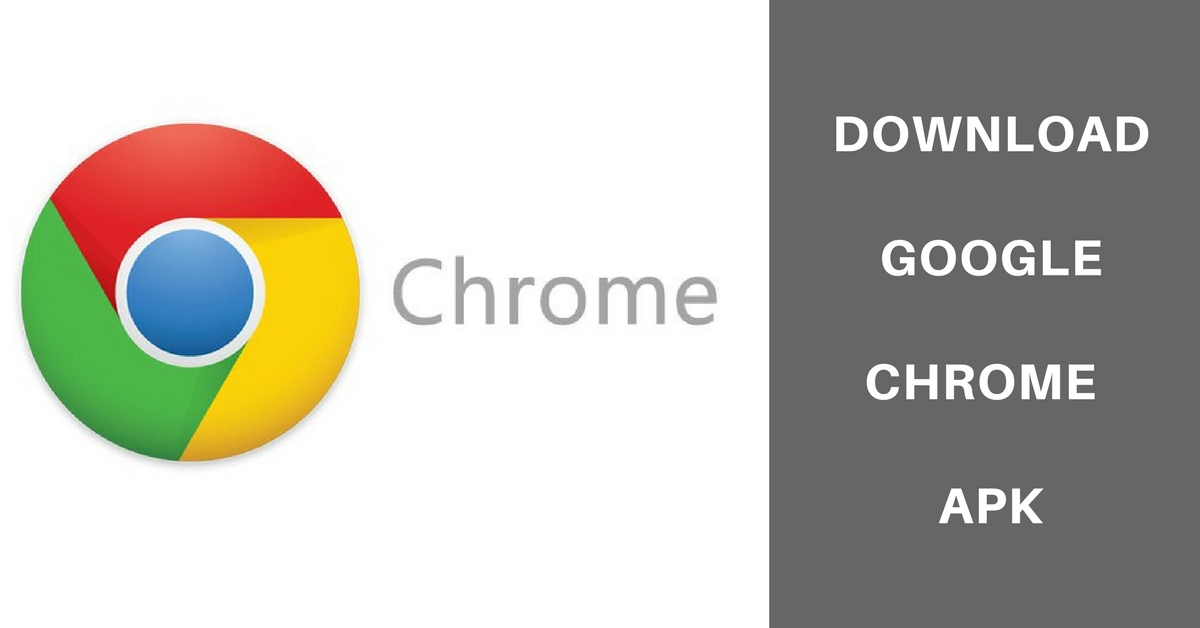
īut I was able to set brightness to 0 with Postman, it actually turns the light off (without changing the on value). Strangely (or not), the application limits the bounds of brightness to. So when designing API, think about understandability by humans, but also usability in code.
#Postman chrome app spins but never loads code#
While I usually prefer human readable strings for such status (like “on” and “off”), that’s still easy to understand.Įspecially in that case where there are only 2 values.Īlso, it’s fairly common to have on and off represented by 0 and 1, so Elgato follows a common practice, that’s good.Īnd actually, when you have to use those values in code to turn the light on and off, that’s actually pretty convenient. When non human readable status is not a problem

temperature: A quite cryptic integer representing the light temperature which goes from 2900K (344) to 7000K (143).brightness: The brightness level in % from 0 to 100.on: Indicates if the light is on (1) or off (0).It is composed of 3 pieces of information: It’s not an hypermedia API, but at least it provides some hints that help you to use other Elgato APIs. What caught my eye is the features list, it contains a lights value.īased on other requests which paths start by /lights, I can guess that if one day I get another Elgato product with an API I can give a try to GET /accessory-info, look at the values in features, which could be “something” and then try a GET /something, PUT /something and possibly GET /something/settings. Looking at this operation’s response (below), we see some basic information like the product name and more technical information like some firmware information. We’ll focus this review on GET /accessory-info and GET/PUT /ligths.


Thanks, to the capture HTTP traffic sessions, and taken for granted that the base URL of all requests is, we know that the Elgato Key Light API proposes the following operations:
#Postman chrome app spins but never loads how to#
Instead of keeping all that for myself, I’ll share my learnings in multiple blog posts.Īs I just received an Elgato Key Light to enhance the quality on my video calls and video recordings (that’s worth the investment!) and as this device comes with an API, I thought “Hacking my Elgato Key Light” was the perfect topic to start (re)learning how to use Postman.Įverything explained here and in future posts should be reusable “as is” with the other variants of Elgato Lights.Īnd if you have other connected devices coming with desktop control application, you should be able to do what I’ll show you with them.Īnd as always, this post is not only about using a tool, we’ll talk about some API design principles in the making! So, I my goal is to (re)learn how to use (and hack) extensively Postman. I forgot many things, and during that time Postman has evolved a lot! I recently joined Postman (the company) and while I have been using Postman (the tool) since its creation, I didn’t much used it the last 4 years as I was spending most of my time doing API design reviews and not much using APIs.


 0 kommentar(er)
0 kommentar(er)
